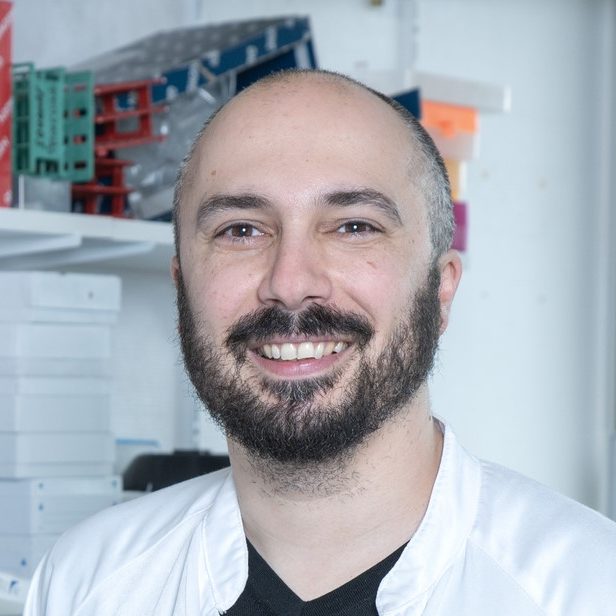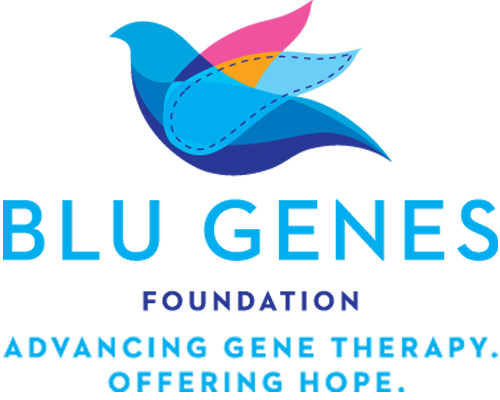NEWS UPDATE
Person previously ineligible for gene therapy granted treatment after antibody-chopping drug clears the way
Ryan Cross
Senior Science Correspondent
SEVILLE, SPAIN — Gene therapies are offering new hope to some patients with rare disease, but not everyone. A third or more of patients are often turned away because they’ve already been infected with natural versions of the viruses used to shuttle therapeutic genes into cells.
Antibodies developed from those prior viral exposures would render the gene therapy ineffective, and potentially unsafe. But a new study from the French research institute Genethon and the Swedish company Hansa Biopharma suggests a way to overcome that restriction.

Jeremy Do Cao
Jeremy Do Cao, a pediatrician at Antoine-Béclère Hospital in Paris, tested a new approach in a 22-year-old woman who was previously ineligible to participate in a clinical trial of Genethon’s gene therapy for her ultra-rare disease, Crigler–Najjar syndrome. That disease is caused by mutations that break an enzyme essential for metabolizing bilirubin.
Genethon’s gene therapy, called GNT003, uses the viral vector AAV8 to deliver the genetic instructions for making the bilirubin-busting enzyme. The patient was excluded from the original trial because she had antibodies to AAV8, but she was included in a new study that used a bacteria-derived enzyme called imlifidase, marketed as Idefirix by Hansa, to temporarily clear out those antibodies, Do Cao told Endpoints News.
After receiving that imlifidase pretreatment, the patient got Genethon’s gene therapy, which appeared to at least partially work by temporarily lowering her bilirubin levels. Do Cao presented the results on Friday at the annual meeting of the European Society of Gene and Cell Therapy in Spain.
“This is the first time we have seen a patient treated with AAV vectors that already had pre-exposure to AAVs,” Giuseppe Ronzitti, a researcher at Genethon who was part of the study, told Endpoints.
Ronzitti admits there are still many unanswered questions about the approach, including whether it will work for all varieties of AAV vectors and any kind of disease. He said that a small subset of people have very high levels of anti-AAV antibodies, and it is unclear if imlifidase pretreatment will work for these patients. It is also unknown if the strategy could enable redosing of AAV gene therapies, which is currently impossible since patients acquire immunity to the virus after treatment.
“The important thing is to continue this clinical testing,” Ronzitti said. There are plans to enroll two more patients in the Crigler–Najjar syndrome study, he added.

Giuseppe Ronzitti
Freedom from chronic phototherapy
If bilirubin levels are left unchecked in people with Crigler–Najjar syndrome, the molecule can cause irreversible brain damage. Blue light phototherapy can turn bilirubin into a form that is more readily excreted from the body, but the process is time-consuming, akin to lying in a tanning bed for half a day.
“Imagine sleeping under them for 12 hours every night of your life to be able to function normally and not have any neurological impairment,” Do Cao said in his presentation. That is what his patient had to do, and a primary goal of the new study was to see if the gene therapy would eliminate the need for phototherapy, he added.
The patient was given an infusion of imlifidase, along with an allergy medicine and a steroid, two days before receiving the gene therapy infusion. Antibodies targeting AAV8 plummeted briefly before jumping back four days later as the imlifidase wore off. Her bilirubin levels also dropped within a week, suggesting that the viral vector successfully delivered the therapeutic gene to the liver.
Bilirubin levels remained lower for about three months as the patient continued undergoing daily phototherapy. But when she reduced and then stopped phototherapy, her bilirubin levels shot back up to the baseline levels she previously maintained. That allowed her to go on her honeymoon free from the blue lights, Do Cao said.
Nicola Brunetti-Pierri, a pediatrician and geneticist from Telethon Institute of Genetics and Medicine in Italy who wasn’t involved in the study, told Endpoints that the rise in bilirubin levels suggests that some expression of the gene therapy diminished over time. But he said it doesn’t necessarily mean that the anti-AAV8 antibodies — which came back at much higher levels than baseline — are responsible.
“It may be dependent on other issues,” Brunetti-Pierri said. “It is a single patient, so it’s hard to draw conclusions. But the first results are in a way promising.”
The imlifidase treatment seemed safe, and the temporary depletion of antibodies didn’t cause an infection, although the patient also received antibiotics as a precaution. The patient experienced two moderate and two mild episodes of liver enzyme elevations that are sometimes seen after gene therapy infusion and can suggest liver damage and inflammation. There were no severe adverse events.
An expanding role for imlifidase
Hansa originally developed imlifidase as a way to clear antibodies prior to kidney transplantation and has a conditional approval for the drug in the EU. The company also has agreements with AskBio, Genethon and Sarepta to test the enzyme as a pretreatment in gene therapy.
“Our intention is to prove that we can remove antibodies prior to different gene therapies and extend the label for imlifidase with those different applications,” Lena Winstedt, vice president, head of scientific affairs at Hansa, told Endpoints. “We’re pretty sure that if it works with one vector, it would work with another vector.”
Paris-based Vivet Therapeutics is working on its own version of imlifidase, dubbed VTX-PID. On Thursday at the conference, Vivet CEO Jean-Philippe Combal presented the results of a Phase 1 study in healthy volunteers showing that his company’s drug could reduce anti-AAV3B antibodies and provide a window of two to five days for a potential gene therapy administration.
But Vivet’s drug didn’t lower antibody levels far enough in patients who had high levels of antibodies — specifically an antibody titer of 1/100. That was the same antibody titer that the patient in the Genethon and Hansa study had. Both Combal and Ronzitti independently told Endpoints that antibody titers are measured differently in different labs and it is hard to compare across studies.
“There exists no validated, standardized test that works for every capsid, every AAV,” Ronzitti said. “That’s where the complication lies.”
AUTHOR
Ryan Cross
Senior Science Correspondent
rcross@endpointsnews.com
Courtesy: ENDPOINTSNEWS

